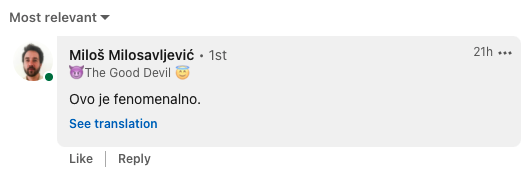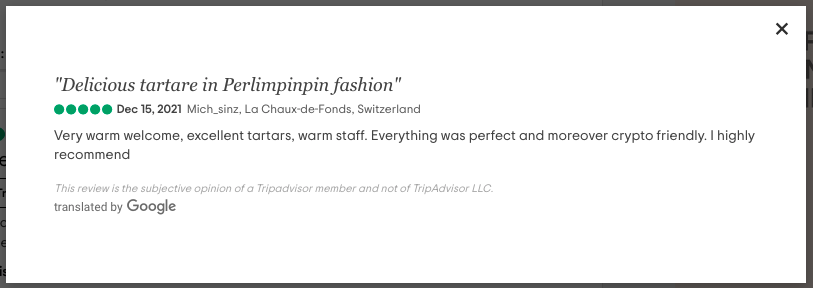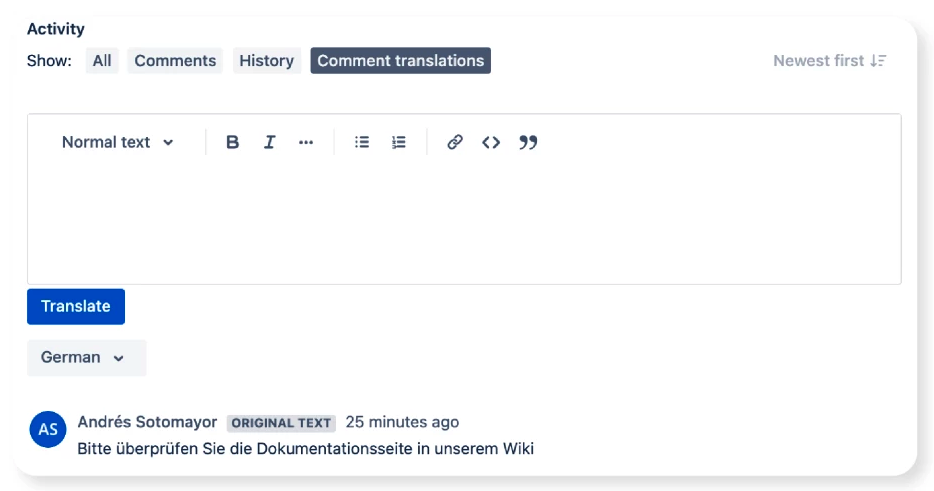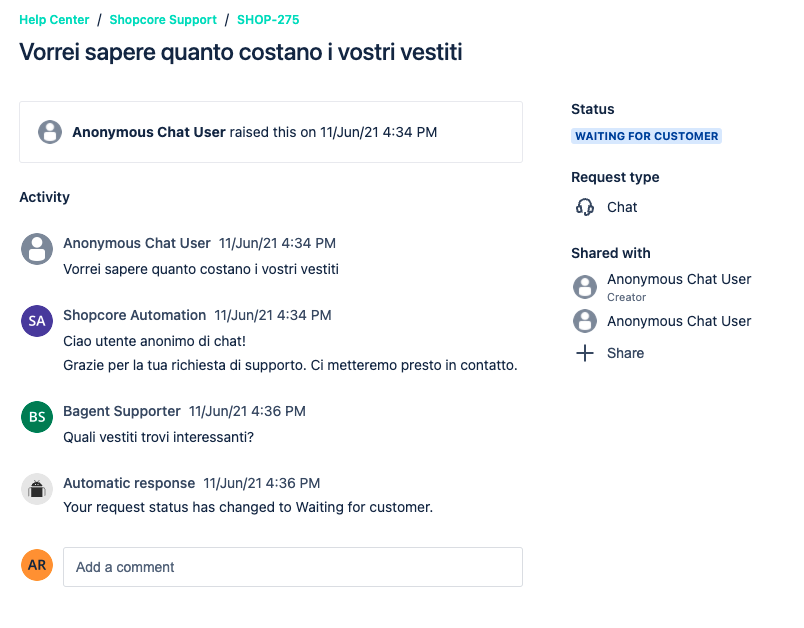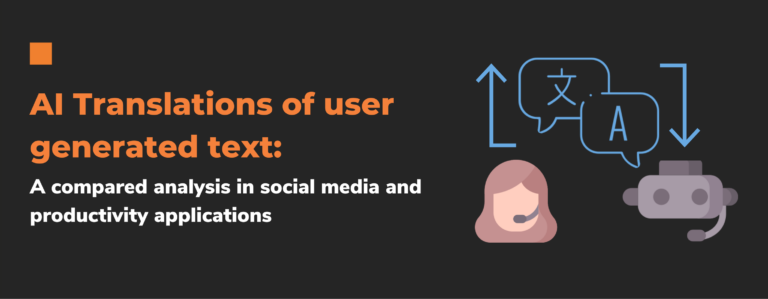
AI Translations of user generated text: A compared analysis in social media and productivity applications
Setting the landscape for AI translations in digital conversations
Artificial Intelligence is finding applications in every field of our lives: from content recommendations to automated driving, machine-generated images or healthcare monitoring. Public acceptance of these solutions ranges from fear and diffidence to excited optimism.
Language has been particularly impacted: chat bots, agents like Siri or Alexa, or simply speech dictation are transforming how users and machines interact, moving towards a model where conversation becomes the interface.
One of the most visible areas of linguistic applications of AI is automated translations. Resources like Google Translate or DeepL have transformed how users approach writing in a foreign language. At the same time, these translation engines can be connected in third party services to provide real time translations that were unimaginable 10 years ago.
This mini-white paper explores how social media applications include machine translation in their interfaces, and compares it to two major productivity applications for IT professionals: Service Now and Jira.
The focus is on real-time, automated translations of user generated content. For that reason, any translations that apply only to UI elements, or translations done by human translators have been left out.
How Social Media translates user input
LinkedIn
This is what happens when someone in your LinkedIn network writes in a language other than the browser default.
You will see the original content. In this case, it’s a Serbian expression. But the user doesn’t even need to know that it’s Serbian.
As you can see, the user can click to read the translation.
After that click, the translation into the user’s language is immediately displayed. And another click reverts back to the original.
Twitter
Something quite similar happens in Twitter. This tweet in Amharic, the main language in Ethiopia, can be translated with a tweet.
With one difference: because of how short tweets are, both languages are shown at the same time.
How Review Sites translate user input
TripAdvisor
How does it look in TripAdvisor? Besides the ability to filter reviews by language, reviews can be sent through Google Translate with the click of a button.
The translation loads in a modal window with a slightly different style.
Google Reviews
The experience reading Google Reviews is more direct.
Reviews written in any language other than English are shown translation first, original second.
Productivity Applications
So far we’ve analyzed social web services, where the value is precisely in the opinion that users offer.
However, productivity applications are not alien to this trend.
ServiceNow
Here’s the documentation video for the translation services included in Service Now. The Dynamic Translation can connect to Google Translate, IBM Watson, or Microsoft Azure.
These translations are leveraged in live chat with real agents and are configured by the administrator, not triggered by the user.
Jira
… and this is what happens in Jira.
By default, Jira doesn’t offer any options to translate text shared by users.
By default, communication in Jira can only happen between users with a common language. Unfortunately, that’s not a given.
Jira customers, however, can find Marketplace apps to connect with Google Translate. Solutions vary depending on whether the application is Jira Software (together with its smaller brother Jira Work Management) or Jira Service Management.
Google Translate for Jira
Google Translate for Jira allows users to trigger translations in their preferred language with a dropdown selector.
This applies to the Summary and Description of a ticket…
Jira
… and this is what happens in Jira.
Default: Jira doesn’t translate.
By default, Jira doesn’t offer any options to translate text shared by users.
This is how Jira users benefit from this approach:
- Companies can hire based on technical skill instead linguistic background
- Users can write on their favorite language and hit send
- Any comments can be understood, regardless on who wrote them
Google Translate for Jira Service Management
In the case of Jira Service Management, the customer doesn’t need to trigger the translation, which is always offered once the app has been enabled.
In this example, we can see a ticket written by an Italian customer…
… that has been responded to in German by the agent:
Conclusion
Machine translations are transforming how we communicate online. Not only in social media and review sites, but also in our professional lives. In the coming years, real-time machine translations will become the standard form of communication across languages and messaging applications
In the meantime, many companies are already configuring Google Translate connections to allow employees and customers to communicate, even without a shared language.



